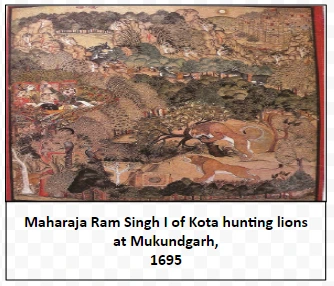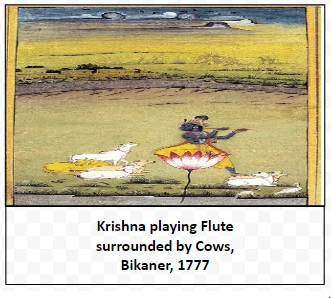![]() December 23, 2023
December 23, 2023
![]() 527
527
![]() 0
0
The Kota School of Painting emerged from the illustrious tradition of the Bundi School, with a unique emphasis on vivid hunting scenes. Historically, Bundi and Kota were unified territories until 1625. Emperor Jahangir, appreciating Madhu Singh’s valor, separated Kota from Bundi as a reward. Painting in Kota commenced around the 1660s, during the reign of Jagat Singh (1658–1683).


Legacy of Bikaner School of Painting
|
| Krishna Swinging and Radha in Sad Mood
Artist and Date: Created by Nuruddin in 1683, an artist from the Bikaner court. Composition: The painting is divided into two sections:
|
<div class="new-fform">
</div>
Latest Comments